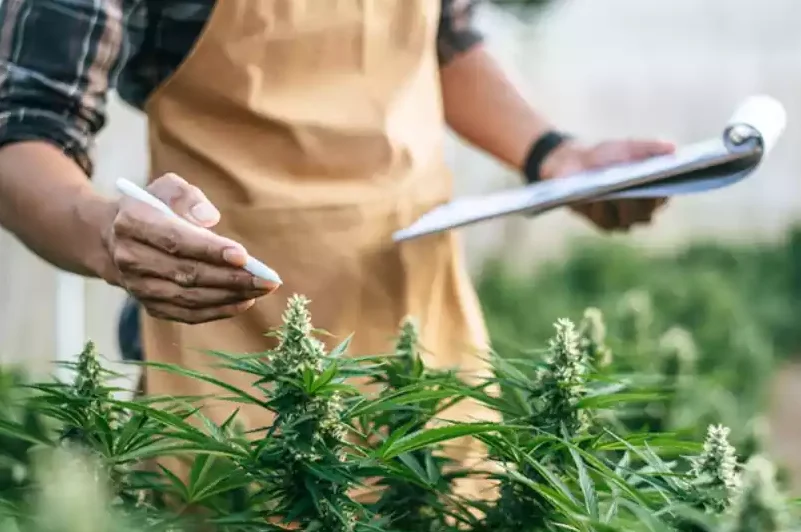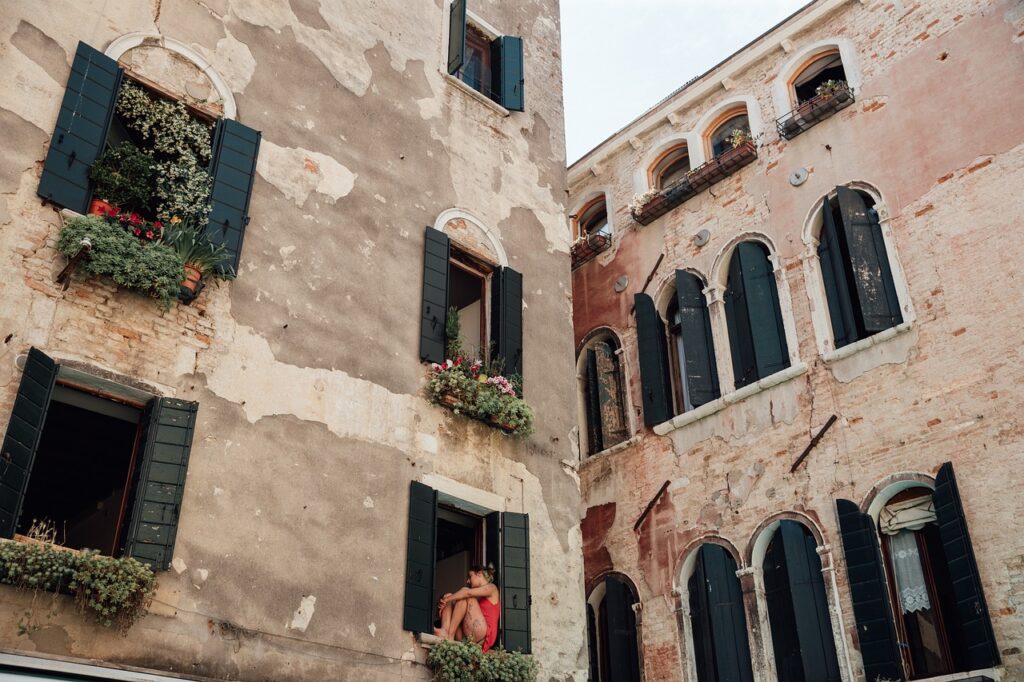Regulation of Marijuana Consumption in Uruguay: How It’s Going

The regulation of marijuana consumption in Uruguay does not seem to yield the expected results; evidently, legal production has not been profitable.
In this regard, the National Drug Board, the Institute for the Regulation and Control of Cannabis, and the Catholic University of Uruguay (UCU) presented the report “Gray Areas, Legal and Illegal Markets: 10 Years of Cannabis Regulation in Uruguay.”
This activity is part of the “Dialogues on Cannabis Regulation Policies.”
Experts in the field discussed the regulation of marijuana consumption in Uruguay.
In this context, the current secretary of the National Drug Board, Daniel Radio, was emphatic in stating that, in his opinion, the regulation has failed.
From the UCU, Rosario Queirolo presented the results of a study that showed, among other conclusions, a significant problem in accessing the legal cannabis market, where the mandatory user registry is one of the most significant obstacles.
Additionally, the insufficient number of pharmacies serving as legal sales centers throughout Uruguay exacerbates the difficulty.
Queirolo defined the Uruguayan market as “gray,” explaining it as a market where marijuana can be obtained legally but can also be obtained through illegal means.
The sociologist made a nuanced differentiation between the “shades” of gray to elaborate on the link between the cannabis trade and legality, and consequently, the regulation of marijuana consumption in Uruguay.
“The light gray market is the one closest to legality. The main goal is not to make a profit and is generally distributed among personal networks of people who consume it. The standard gray market is a non-legal distribution directly to users but with the aim of making an economic profit.
For example, cannabis clubs that sell surpluses or growers who sell their harvest outside their personal network. The shadow gray market is where cannabis enters this market, not intentionally produced but unintentional diversions to the market. Finally, the dark gray market, where cannabis is produced by a legal actor but distributed through direct contacts to sellers who traditionally have been in the illegal market and existed before regulation,” Queirolo exemplified.

Regulation of Marijuana Consumption in Uruguay
The researcher from the Catholic University of Uruguay emphasized the need for “the legal market to be larger” in the future and, on the other hand, for “both the gray market and the illegal market to reduce in size.”
Queirolo reiterated the importance of access difficulty.
“Apart from cannabis clubs and self-cultivation, going to a place to buy requires a lot of complicated requirements, such as having to leave a fingerprint, having to go to the post office to register, and all these problems related to access routes and mechanisms,” she said.
Former deputy and member of the Independent Party, Daniel Radio, has held the position of Secretary-General of the National Drug Board since the beginning of his term.
With a very direct style, he began his speech by affirming that the current regulation policy for production and sale “has failed.”
“We do not control the market; all we did was raise the price of the product,” he added, based on what, he said, he is informed from abroad about the cost of Uruguayan marijuana in the region when sold on the “black market.”
Radio called for dealing with this issue without preconceptions. “We have to regulate, we have to get involved in the market,” he asserted. However, he questioned the demanding marijuana user registration.
“The State goes overboard with control,” he said.
The Secretary of the National Drug Board was particularly critical of the proposal promoted by the Frente Amplio government, which has not undergone modifications in the current administration.
Regarding access points to legal cannabis, Radio said, “An effort has been made; we went from having 14 pharmacies selling to having 40, but we still do not cover the national territory,” he clarified.
It is still a work in progress, but the rest of the hemisphere has its eyes on the regulation of marijuana consumption in Uruguay.
Also read: An Ancient District of Cartagena Filled with Magic and History





